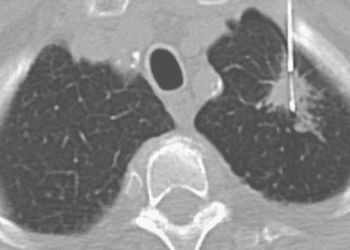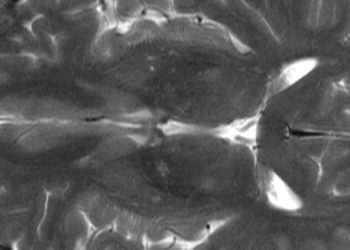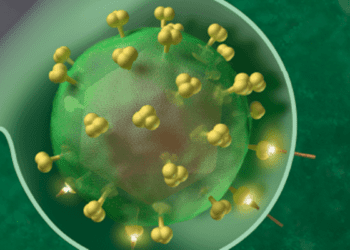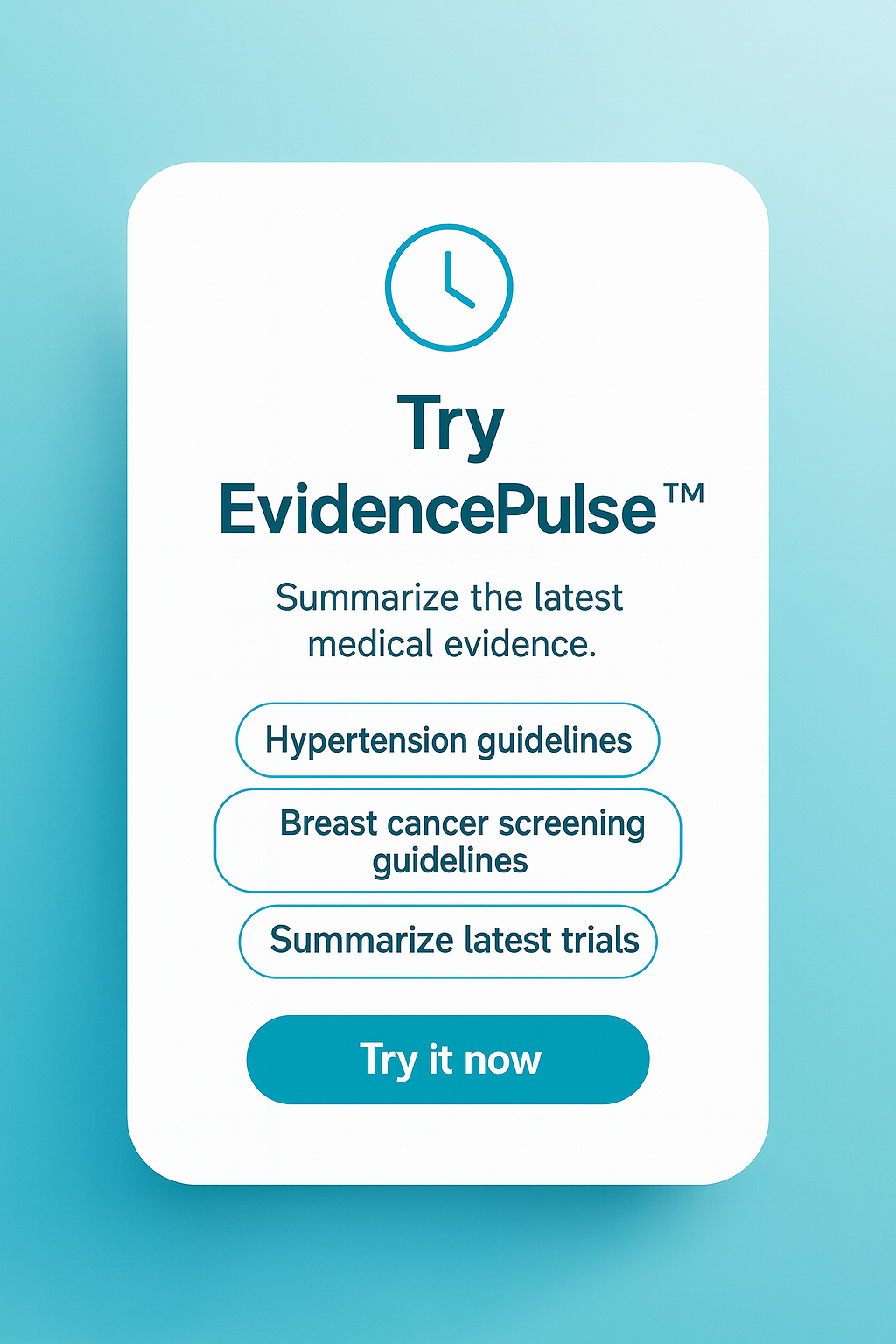The Scan by 2 Minute Medicine®: Keeping up with Keto, Feeding with HIV, Lung Cancer Overhaul and Catastrophic Chip Challenge
05-28-2024
The Scan by 2 Minute Medicine® is a pop-culture medical newsletter and exclusive benefit for 2 Minute Medicine Plus subscribers.
Keeping up with Keto:
The Story: New evidence from the Stanford School of Medicine, shows that adopting a ketogenic diet may be useful in the treatment of schizophrenia and bipolar disorder.
What is the Keto Diet?
The ketogenic diet also called the keto diet, has a vast history. It was initially adopted in the early 1900s to treat epilepsy, a neurological disorder characterized by repeated seizures. This diet involves restriction of carbohydrates, with some protocols recommending less than 20-50 grams of carbohydrates daily. Overall, this amounts to a mere 10% of daily calorie intake coming from carbohydrates, with the remainder of calories coming from fat and proteins. Examples of foods that are consumed during this diet include nuts, dairy, eggs, and meats, while bread, pasta, alcohol, and sweets are avoided, due to the high carbohydrate content of those foods.
How does it work?
The idea behind the keto diet is that it alters the way that our body uses energy. This results in the production of ketones, instead of carbohydrates, which can be used by the rest of the body for energy. These ketones can enter the brain, and potentially improve the transmission of messages between brain cells, thereby helping in epilepsy and mental health conditions. The new study showed significant improvements in participants’ overall metabolic health, as well as huge improvements in the severity of their mental illnesses. Participants also experienced greater life satisfaction and improved functioning, showing that the effect of the keto diet, and potentially other lifestyle measures, may be substantial for mental health.
What else is it for?
Recently, this diet has been used for other reasons. Most notably, this diet has been shown to produce short-term weight loss. Though it may be beneficial in some aspects, this diet does come with potential risks. It may result in deficiencies of key nutrients, kidney stones, and an increase in cholesterol, which may increase the risk of cardiovascular disease. Nevertheless, the keto diet has been used by many celebrities as a way to lose weight, or even manage other conditions. Kourtney Kardashian, Gwyneth Paltrow, and even athletes like Tim Tebow and LeBron James have made use of ketogenic, low-carb diets to reach their goals. Ultimately, this diet is promising for many reasons, but more research into the long-term effects of the ketogenic diet must be done to understand its full effects.
Feeding with HIV:
After decades of being told that they can’t breastfeed their children, mothers with human immunodeficiency virus (HIV) are now able to breastfeed their children. Previously this was not recommended, due to the potential for transmission of the virus to the baby.
HIV is a virus that attacks the immune cells of the body and can eventually deplete these cells so much so, that the person is no longer able to fend off infections. This stage is known as acquired immunodeficiency syndrome (AIDS). The transmission of HIV occurs through bodily fluids, including breast milk, which is why breastfeeding was not advised for many years. New recommendations from the American Association of Pediatrics suggest that the risk of transmission of HIV is less than 1% in individuals receiving the required treatment for HIV.
Typically, treatment can lower the HIV count to under 200 copies of virus per milliliter of blood, and in some cases, the treatment can be so effective that the viral count is undetectable. Of the nearly 5,000 Americans who give birth with HIV, a vast majority of them take medications to suppress the virus to extremely low levels, posing a very small risk to the baby. Prior to effective treatments, about 30% of infections that occurred from mother to baby occurred during breastfeeding, hence the reason for the old advice to avoid breastfeeding. With the newer treatments and the long-term data that now exists, the advice has changed. The latest guidelines suggest that if the viral count is below 50 copies per milliliter, that a mother may breastfeed with very little risk of transmission, undoubtedly improving the lives of many mothers and children across America.
Lung Cancer Overhaul:
The FDA has approved a new treatment, Imdelltra, for use in patients with small cell lung cancer (SCLC). This is a rare, but aggressive form of cancer that affects the lung tissues, but can quickly spread to other areas of the body. The major risk factor for SCLC is smoking, and the major treatment options include surgery, radiation therapy, and chemotherapy.
Imdelltra however, is part of an emerging field of therapeutic options for cancers, known as immunotherapy. While other treatments may use medications in a bit to selectively kill cancer cells, immunotherapy works by using medication that enhances the power of the body’s own immune system, to recognize and kill cancer cells.
Although only 10-15% of lung cancers are of the SCLC variety, the survival rate for this cancer is extremely low, with a 5-year survival rate below 10%. Imdelltra is only available for patients after they have attempted to go through standard chemotherapy, but these patients showed significant improvements while using this medication.
Imdelltra is one of the many recent immunotherapies that are revolutionizing the treatment of cancer. One of the pivotal moments in the advent of immunotherapy was after President Jimmy Carter’s diagnosis of melanoma. A highly aggressive form of skin cancer, in 2015 President Carter was treated with pembrolizumab, an antibody. Antibodies are protective proteins made by the immune system to attack unwanted cells, and immunotherapies often use antibodies to bolster the immune system’s defenses. Alex Trebek, the former star host of the hit show Jeopardy! was treated with immunotherapy following his diagnosis of pancreatic cancer, a cancer with extremely poor outcomes. Although these diseases still claim hundreds of thousands of lives in the USA each year, these novel immunotherapy drugs are an important tool in the fight to end cancer.
Catastrophic Chip Challenge:
After partaking in a viral challenge known as the “One Chip Challenge”, encouraging individuals to eat an extremely spicy chip, a teen has tragically passed away. In this challenge, participants consume a single chip, packaged within an ominous, coffin-shaped box, which has since been recalled. This chip, however, was no normal chip. This chip was seasoned with some of the spiciest peppers in the world.
The burning sensation that is felt after consuming spicy food, is due to a chemical known as capsaicin, which activates receptors in the mouth that produce the sensation of pain. Different peppers contain different amounts of capsaicin, contributing to the variability in spicy peppers. Capsaicin and consumption of spicy foods is linked to many health benefits, including weight loss, improved stomach health, and potentially even a longer lifespan. Nevertheless, the negative impacts of extreme spice are also well known. Gastrointestinal issues may arise, as well as chest pain and headaches.
The body’s reactions to eating extreme spice, also include increased body temperature, sweating, and hiccups. In the extreme case of the teen who died during this challenge, the extreme reaction may have caused a cardiopulmonary arrest, where the heart is unable to beat normally, leaving the rest of the body starved of oxygen, causing death within minutes. While it is unlikely that this level of spice will ever be encountered outside of such a challenge, there are tips and tricks to cut down the reaction to spicy food. While the impulse is to reach for a glass of water, this may make matters worse by spreading capsaicin throughout the mouth. Instead, consuming milk, or starches, can help react with the capsaicin to inactivate it quickly, and cool down the mouth!
©2024 2 Minute Medicine, Inc. All rights reserved. No works may be reproduced without expressed written consent from 2 Minute Medicine, Inc. Inquire about licensing here. No article should be construed as medical advice and is not intended as such by the authors or by 2 Minute Medicine, Inc








